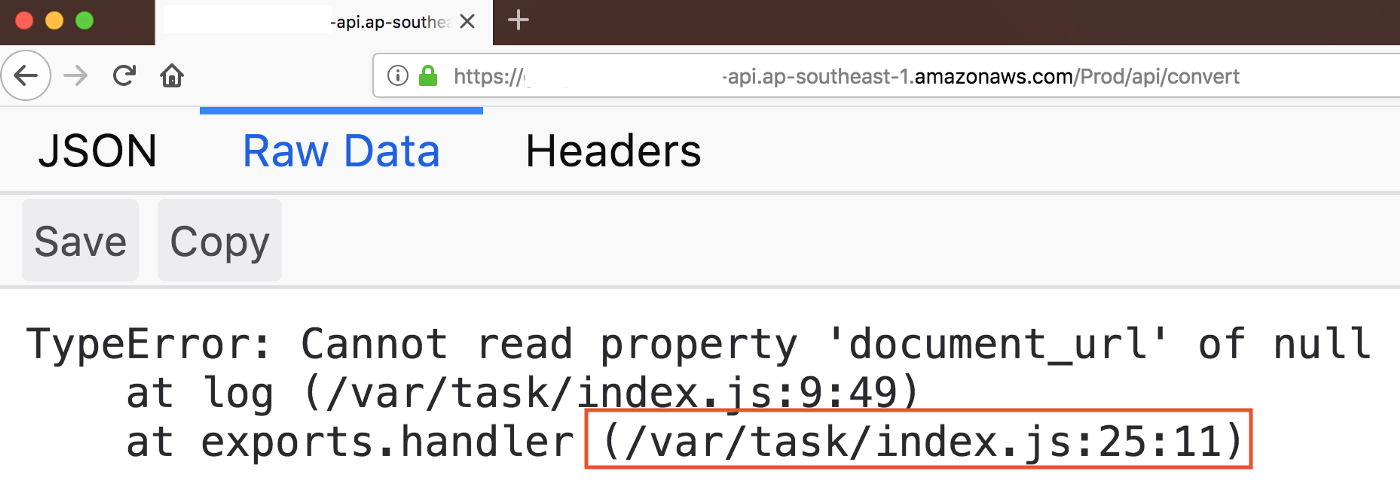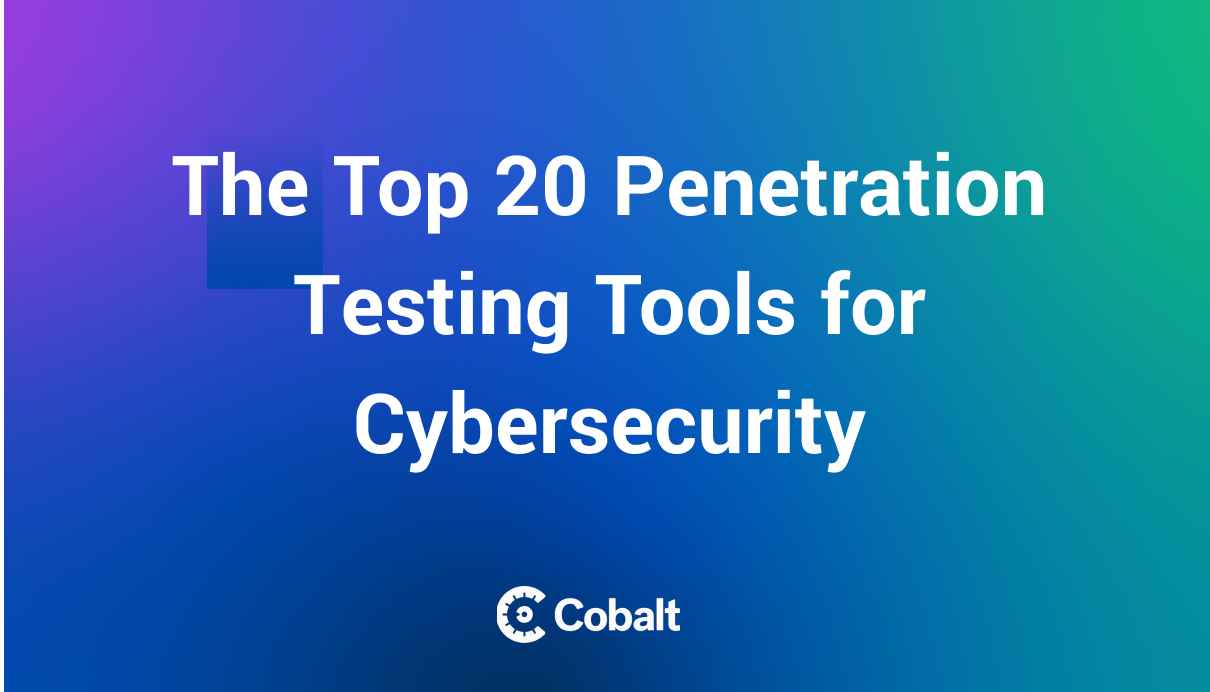With more than 12.3 billion connected devices in use today, ranging from healthcare equipment to sensors, it’s imperative that businesses take the necessary precautions to secure their equipment.
While a breach of your refrigerator may not concern many, other electronic devices such as manufacturing, retail, and other industries present bigger risks from breaches. As the digitization of the world continues to extend further into our day-to-day lives, so does the security risk associated with these devices.
Why should companies prioritize cybersecurity for their digitally connected devices?
Internet of Things (IoT) and device testing helps companies avoid the costs associated with a breach, not to mention the embarrassing public relations disaster when a breach occurs. Other troubling implications a breach of IoT devices can cause include disruptions to the supply chain, inability to locate or utilize critical equipment (such as in hospitals), or loss of confidential or critical data impacting both operations and privacy compliance.
With this in mind, learn how Cobalt’s IoT device security services help companies secure their physical equipment before a costly breach occurs. Before we discuss Cobalt’s service, let’s review the importance of device testing more closely.
Importance of Security for the Internet of Things
The Internet of Things is defined as, the network of physical objects – devices, vehicles, buildings, and other items embedded with electronics, software, sensors, and network connectivity – that enables these objects to connect and exchange data via the internet.
In the next 10 years, there are expected to be 50 billion devices connected to the internet. The overall revenue growth in IoT has gone from $1.9 trillion in 2013 to over $7 trillion in 2020. These factors, plus the general lack of security, make IoT devices a strong target for attackers.
These statistics highlight the importance of device testing for companies looking to capitalize on the Internet-of-Things. As companies look to improve their device security, understanding the different attack vectors empowers them to make more efficient and strategic decisions t.
Top 10 Vulnerabilities for IoT
Examples of device testing include radio signals to destructive testing and firmware analysis. While each of these more specific types of testing doesn’t relate to every internet-connected device, almost every device should have one of these testing types conducted to ensure it is properly secured.
To expand upon the types of vulnerabilities specifically for IoT Devices, OWASP created a Top 10 List of Vulnerabilities for the Internet of Things. This list was last updated in 2018 to include the most common vulnerabilities such as:
- Weak, guessable, or hardcoded passwords
- Insecure network services
- Insecure ecosystem interfaces
- Lack of secure update mechanism
- Use of insecure or outdated components
- Insufficient privacy protection
- Insecure data transfer and storage
- Lack of device management
- Insecure default settings
- Lack of physical hardening
Many of the top vulnerabilities relate to human-created errors, highlighting the importance of having a security expert test internet-connected devices. Furthermore, companies should ensure their device is not only secure, but also review its individual components such as motherboards, sensors, and others.
Now, let’s take a closer look at how Cobalt helps companies test their IoT devices.
Benefits of Cobalt’s IoT Testing Services
Combining the necessary pentesting and device testing for software and hardware saves customers time and energy while managing separate vendors. To this point, Cobalt’s in-house security advisers augment the pool of highly-vetted pentesters available to complete testing for both aspects.
Device testing, while similar in principle to pentesting, varies drastically in practice. Examples of specific types of device testing include:
- Radio Communication Methodologies
- Destructive Testing
- Hardware Testing
- Firmware Analysis
With the different testing types in mind, it’s easier for users to realize the importance of testing. The different vulnerabilities commonly found in internet-connected devices can result in the same amount of damage as software vulnerabilities. To alleviate these concerns, companies should consider taking the necessary steps to ensure comprehensive testing before any breach occurs on their IoT devices.
Here at Cobalt, we’re thrilled to announce IoT and device testing services. For companies small and large, our team of cybersecurity experts can empower your devices with the necessary testing to provide a baseline of security.
Looking for a different security service? See all of Cobalt’s cybersecurity services here.








